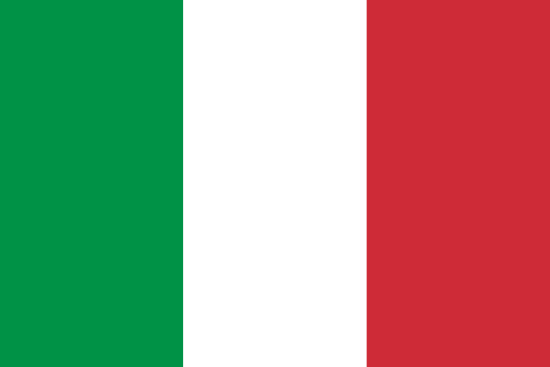"Città dei Sassi e della Cultura | City of Stones and Culture"
About:
Matera, a city in southern Italy, has a history spanning millennia. Inhabited since the Paleolithic era, it's known for its extensive cave-dwelling districts, the "Sassi", inhabited until the 1950s. Matera was a poor, isolated city until the 1980s when it began to be recognized for its unique architecture and history. In 1993, UNESCO declared the Sassi a World Heritage Site. The city has since experienced a cultural renaissance and was designated the European Capital of Culture for 2019.
When to visit:
Matera, a historic city in southern Italy, is best visited during the spring or fall seasons. During these times, the weather is pleasant with mild temperatures, making it ideal for exploring the city's ancient caves and architecture. Avoiding the peak summer months is advisable as Matera can become quite hot and crowded with tourists. Additionally, visiting during the holiday season, such as Easter or Christmas, can provide a unique cultural experience with festive events and traditions in the city.
When to avoid:
The worst time to travel to Matera on a holiday is during the peak summer months of July and August. Matera experiences scorching temperatures during this time, often exceeding 100°F (37°C). The city can be crowded with tourists, leading to long lines and limited availability of accommodations. Additionally, many locals may choose to take their own holidays during this time, resulting in reduced services and closures of businesses. It is advisable to plan your visit during the shoulder seasons of spring or autumn for a more enjoyable experience in Matera.
Winter Season (Dec-Feb)
In Matera, Italy, the coldest and wettest period is typically from November to February. Average temperatures range from 4°C to 12°C. Rainfall is highest in November, with an average of 71mm. Days are typically overcast, with only 3-4 hours of sunlight. Visitors can expect brisk, damp days, often with a chill in the air. The stone cityscape can feel quite cold and wet underfoot, so warm, waterproof clothing is recommended. Despite the weather, the city's charm is undiminished, with fewer tourists allowing a more authentic experience.
Summer (June-August)
Matera, Italy, experiences its warmest part of the year from June to August. During this period, the average high temperatures range from 28°C (82°F) to 32°C (90°F), while the lows typically fall between 15°C (59°F) and 20°C (68°F).
Rainfall is minimal during these months, with July being the driest month of the year. The average rainfall during this period is about 20mm.
Sunlight is abundant with an average of 10-11 hours of daylight per day, providing plenty of time to explore the city's historic sites.
Humidity is relatively low during the summer months, averaging around 60-70%, which makes the heat more bearable.
Cloudiness is also low during this period, with clear or mostly clear conditions for about 70% of the time.
For a visitor, a typical day in Matera during the warmest part of the year would feel hot, especially in the afternoon. However, the low humidity and the breeze can make the heat more tolerable. Mornings and evenings are cooler and more comfortable. There's a high chance of experiencing clear, sunny skies, perfect for outdoor activities and sightseeing. Despite the heat, the minimal rainfall ensures that your plans are unlikely to be interrupted by showers.
Language:
In Matera, a city in the southern region of Italy, the most commonly spoken language is Italian. A regional dialect of Italian known as Materano is also spoken by the local population. This dialect is part of the broader Southern Italian dialect group. Additionally, due to tourism and international influences, English is also understood and spoken to some extent.




